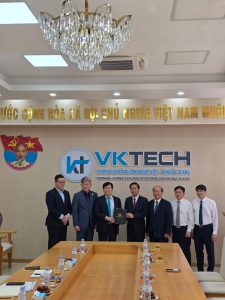The vapour compression refrigeration and heat pump cycle is of paramount importance in food and drug preservation, air conditioning, heat pumps as well as other industrial and commercial process. The importance of the efficient and safe use of refrigeration systems has now been added to by the problems of ozone depletion and global warming. It is therefore more essential than ever before that students have a thorough understanding of both the practical aspects of refrigeration and the thermodynamic processes affecting the performance of the cycle.
Often the most difficult aspect for new students to grasp is the process of evaporation at low pressure and condensation at high pressure. By utilising a non-toxic working fluid with a low vapour pressure, the evaporation and condensation processes are clearly visible in thick walled glass chambers.
The evaporator consists of a closed, thick walled glass chamber containing a pool of working fluid into which is immersed a specially treated copper coil. A hermetic compressor draws vapour from the evaporator and compresses this before discharging it to the condenser. The reduction in evaporator pressure causes the refrigerant to boil, so extracting heat from the water flowing through the coil and generating more vapour to be drawn into the compressor.
From the compressor the high-pressure vapour passes to the condenser, which is of similar construction to the evaporator but contains a nickel-plated water-cooled copper coil. Vapour condenses on the surface of the coil and falls to the bottom of the chamber. The heat given up by the refrigerant phase change is transferred to the cooling water flowing through the cooling coil.
A float controlled expansion valve at the base of the condenser chamber controls the flow of high pressure refrigerant liquid returning to the evaporator. After passing through the expansion valve the refrigerant expands to form a liquid vapour mixture at the same pressure as the evaporator and the cycle is repeated.
The standard instrumentation fitted enables measurement of the condenser and evaporator pressures and temperatures as well as water flow rates and water temperatures. The condensing and evaporating pressures are varied by adjustment of the water flow rate to the evaporator and condenser coils using integral control valves on individual flowmeters.
![[:en]REFRIGERATION CYCLE DEMONSTRATION UNIT[:]](https://amescovn.com/wp-content/uploads/2021/08/R634-Web.jpg)




 Gọi điện
Gọi điện SMS
SMS Chỉ Đường
Chỉ Đường